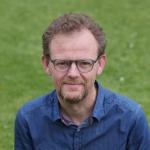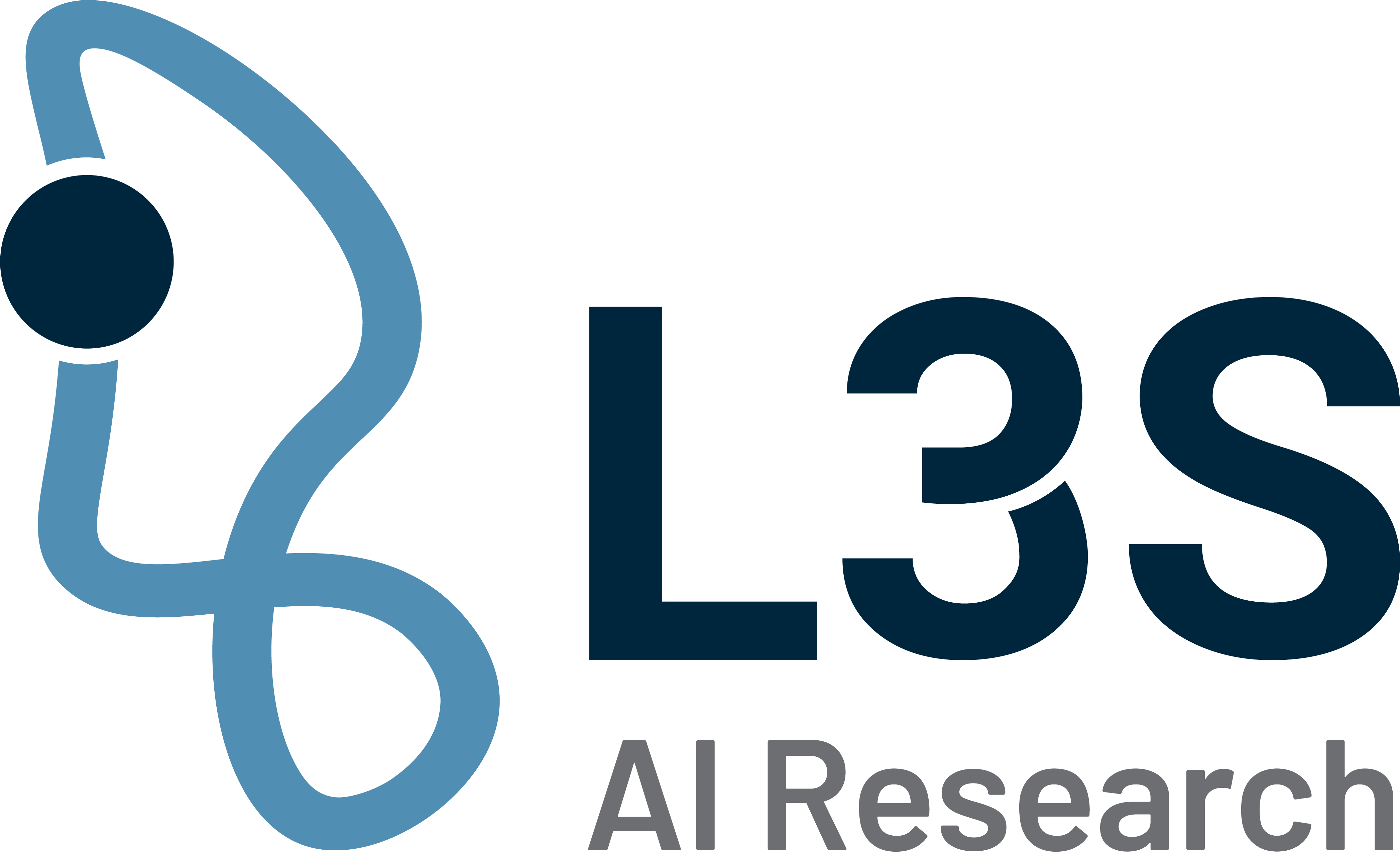ATIQ
Implementierung von Quantenalgorithmen aus Finanzwesen und Chemie auf einem Quantendemonstrator
Gefangene-Ionen-Quantenprozessoren haben den Vorteil der „Alle-zu-Alle-Konnektivität“ und haben Gatteroperationen und Kohärenzzeiten von höchster Güte. Im Projekt ATIQ werden zuverlässige Quantencomputer-Demonstratoren auf der Basis von gefangenen Ionen für komplementäre Anwendungsfälle entwickelt, u.a. Quantenchemie, Optimierungsprobleme mit vollständig parallelisierbaren Gattern und Kreditrisikozuweisung, mit dem Ziel, einen Quantenvorteil zu demonstrieren, der praktischen Nutzen hat. Ziele und Vorgehen: Auf dem Weg dorthin gibt es drei zentrale technologische Herausforderungen, die ATIQ angehen wird: Ausrichtungsfreie optische Präparation, Manipulation und Auslesung, zuverlässige in die Falle integrierte kryogene Elektronik und verlässliche Fallentechnologie und Echtzeit-Steuerung und -Automatisierung für den 24/7 Betrieb und Nutzerzugriff. Wo sinnvoll, werden diese Herausforderungen im Rahmen einer Hardware-Software-Co-Design-Strategie angegangen, um die Algorithmen und Compiler auf die Eigenschaften der Quantencomputer-Hardware zuzuschneiden und die Hardware-Architektur für bestimmte Algorithmen zu optimieren. Innovation und Perspektiven: Innerhalb von 30 Monaten wird eine erste Generation von Demonstratoren mit einem 24/7-Benutzerzugriff für 10 Qubits und >99% Güte im Alle-zu-Alle- Gatter-Betrieb, einschließlich hybrider Rechenfähigkeiten durch eine Verbindung zu einem HPC, zur Verfügung gestellt. Zum Ende des Projekts wird die Leistung der Systeme auf 40+ Qubits erhöht, mit Single- und Multi-Qubit-Gatter-Güten von über 99,9 % bzw. 99,5 %
- Bundesminsterium für Bildung und Forschung (BMBF), Quantencomputer-Demonstrationsaufbautenicken
Projektpartner aus Hochschulen und Forschungseinrichtungen
- Leibniz Universität Hannover, Institut für Quantenoptik Hannover / Germany
- Fraunhofer‐Institut für Lasertechnik ILT / Fraunhofer‐Institut für Angewandte Optik und Feinmechanik IOF Aachen / Jena / Germany
- Johannes Gutenberg-Universität Mainz Institut für Physik Mainz / Germany
- Physikalisch-Technische Bundesanstalt (PTB), QUEST-Institut für experimentelle Quantenmetrologie Braunschweig / Germany
- Rheinisch-Westfälische Technische Hochschule Aachen, Lehrstuhl für Elektronische Bauelemente Aachen / Germany
- Technische Universität Braunschweig, Institut für Halbleitertechnik Braunschweig / Germany
- Universität Siegen Fakultät IV – Department Physik – Lehrstuhl für Quantenoptik Siegen / Germany.
Projektpartner aus Wirtschaft und Verwaltung
- KAMO GmbH Aachen / Germany
- AKKA Industry Consulting GmbH Ulm / Germany
- Black Semiconductor GmbH Aachen / Germany
- eleQtron GmbH Siegen / Germany
- FiberBridge Photonics GmbH Hannover / Germany
- Infineon Technologies AG Neubiberg / Germany
- JoS QUANTUM GmbH Frankfurt / Germany
- LPKF Laser & Electronics Aktiengesellschaft Garbsen / Germany
- Parity Quantum Computing Germany GmbH München / Germany
- QUARTIQ GmbH Berlin / Germany
- Qubig GmbH München / Germany
- TOPTICA Photonics AG Gräfelfing / Germany
- AQT Germany GmbH (assoziiert) Garching / Germany
- Boehringer Ingelheim (assoziiert) Ingelheim am Rhein / Germany
- Covestro AG (assoziiert) Leverkusen / Germany
- DLR-SI (assoziiert) Hannover / Germany
- Volkswagen AG (assoziiert) Wolfsburg / Germany
- QUDORA Technologies GmbH (assoziiert) Braunschweig / Germany.
Kontakt

Prof. Dr. Christian Ospelkaus
Projektkoordinator



